
GUEST BLOGGER EVELYN BOOKLESS
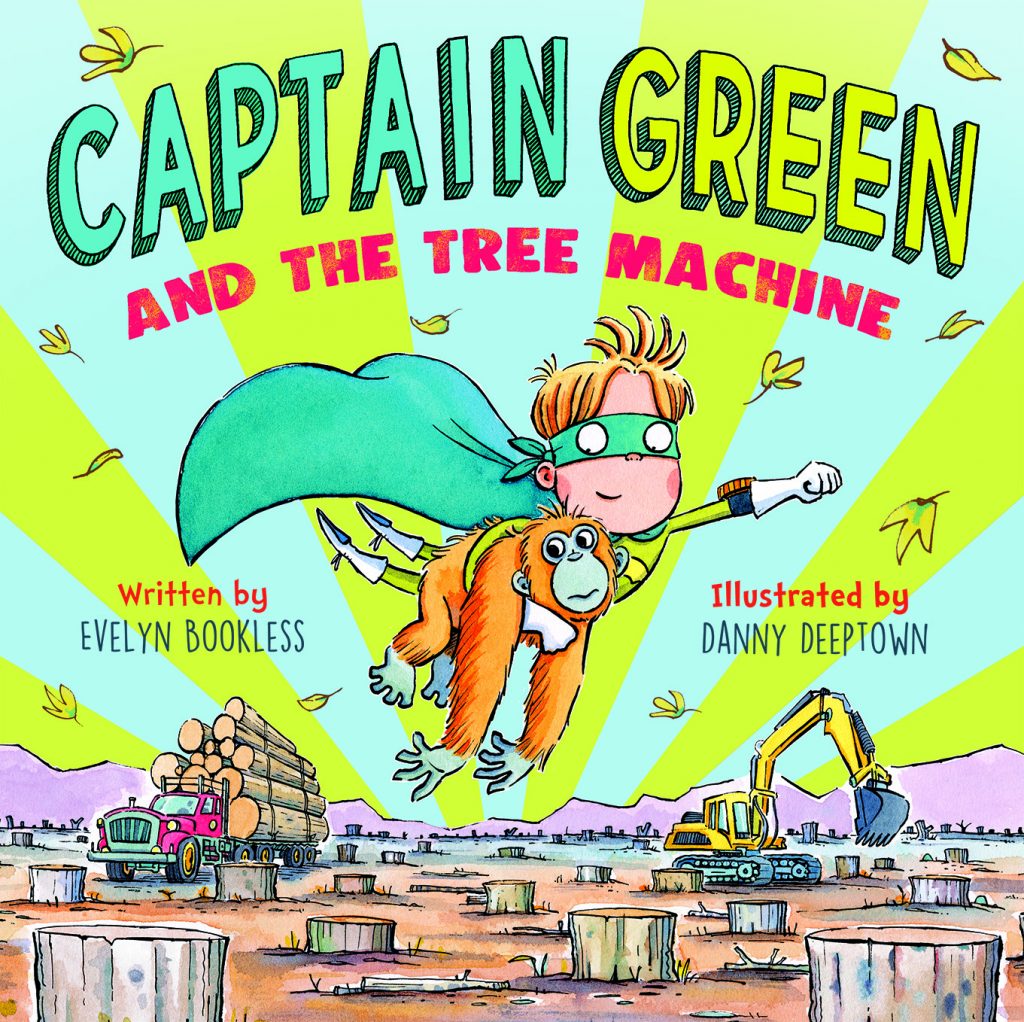
–The Rainforest Trust
Captain Green and the Tree Machine is the second Captain Green eco-adventure story. The story begins with Captain Green in his workshop, creating a gadget to help save the planet. As he fine-tunes his invention, disaster strikes. Hornbill’s rainforest tree has been chopped down and there’s tree trouble for Elephant and Orangutan too. Captain Green scrambles to finish his invention – a TREE MACHINE – and zooms to the rescue! ZAP! ZOOP! ZINK! Trees pop up all around until… BANG! Oh no! Captain Green must find another way to save the animals.
The back matter features rainforest facts and top tips for families to help keep trees standing.
I believe, in the words of Jane Goodall, that “children can change the world.” Here are some STEM activities to offer students the opportunity to ignite a passion for protecting the planet.
Research an endangered rainforest species
Many rainforest dwelling animals are endangered. They are losing the ecosystems that are their homes and food sources. Just like humans, all animals need food to eat and a safe place to sleep.
Ask students to research a chosen endangered, rainforest-dwelling animal. Captain Green and the Tree Machine features a hornbill, orangutan and pygmy elephant – all native to the rainforests of South East Asia.
The students can write 4 or 5 interesting facts about their chosen animal, including why their animal is important to the rainforest.
Then they can take turns sharing their facts with their class.
Students can use their research to create a class book, a set of posters or a video to spread the message.
Create a rainforest diorama featuring plants and animals
Eighty percent of all plants, insects and animals live in forests. This makes forests one of the most important ecosystems on earth.
Students can research tropical rainforest plants and animals and then create their own 3D ecosystem diorama.
They can reuse cardboard boxes and paper to create the different features of their rainforest. Shoe boxes work especially well for this.
Then display for all to see. Perhaps record short videos with students presenting their work and then share these with their families.
Make a map of the world’s rainforests
Students can use a blank world map to colour in and label where the world’s largest rainforests are located.
They can use atlases, non-fiction books and the internet to locate the countries that contain rainforests.
Ask students to find the Amazon, Congo, Valdivian Temperate Rainforest, Daintree, South Asian and Kinabalu rainforests as well as any others they wish to include.
Challenge students to find out the names of the different types of rainforest (e.g. tropical, sub-tropical, temperate etc.) Perhaps they can label their map with these details.
Challenge students to discover which continent has the most rainforest cover.
Discover ways to help protect rainforests and share them
Trees are like the Earth’s superheroes. Just like Captain Green, they work hard to help our planet. They help to keep the climate cool, filter water through their roots, and create the air we breathe by absorbing a gas called carbon dioxide and making oxygen.
Ask students to research ways to protect trees. Ask them to choose which ones they’d like to take action on right away.
Here are some of the suggestions featured in the back matter of Captain Green and the Tree Machine:
- Using recycled paper and cardboard for drawing and painting. Write on both sides and then recycle it again when you’re finished!
- Ask your parents to buy foods like bananas, chocolate and coffee that are grown in a sustainable way. That means they are safe for the environment, for wildlife, and for people.
- Eat less meat. Lots of forests are cut down just to make space to farm animals for people to eat.
- Also, avoid wasting food. By only producing the food we need, we save land, water, and energy.
- And, of course, plant a tree or two! Trees take years to mature so you can measure yourself growing alongside them.
Discuss which of these suggestions students think will have the greatest impact. Then students can spread the word by making posters or through fund-raising efforts for tree-planting.
Thanks for reading. Keep It Green everyone!
Evelyn
Evelyn Bookless grew up on a farm in the west of Ireland where she loved to make forts and play in the trees with her siblings. She is a nature lover, mum, teacher and writer. Evelyn spent ten wonderful years living in Asia but was saddened to see beautiful rainforests cut down during her travels around the region. Her first picture book, Captain Green and the Plastic Scene, also illustrated by Danny Deeptown, won a Northern Lights Book Award for Children’s Environmental Fiction.
- Website: www.evelynbookless.com
- Twitter: www.twitter.com/evelynbookless
- Instagram: www.instragram.com/evelynbookless


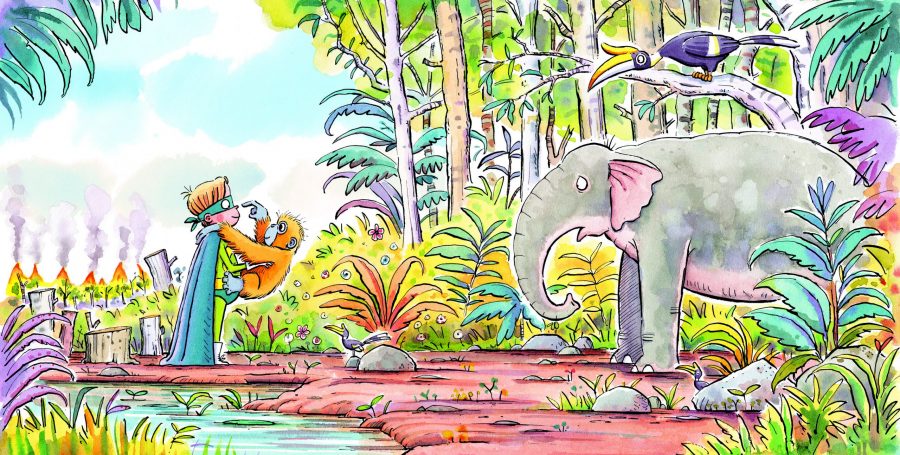
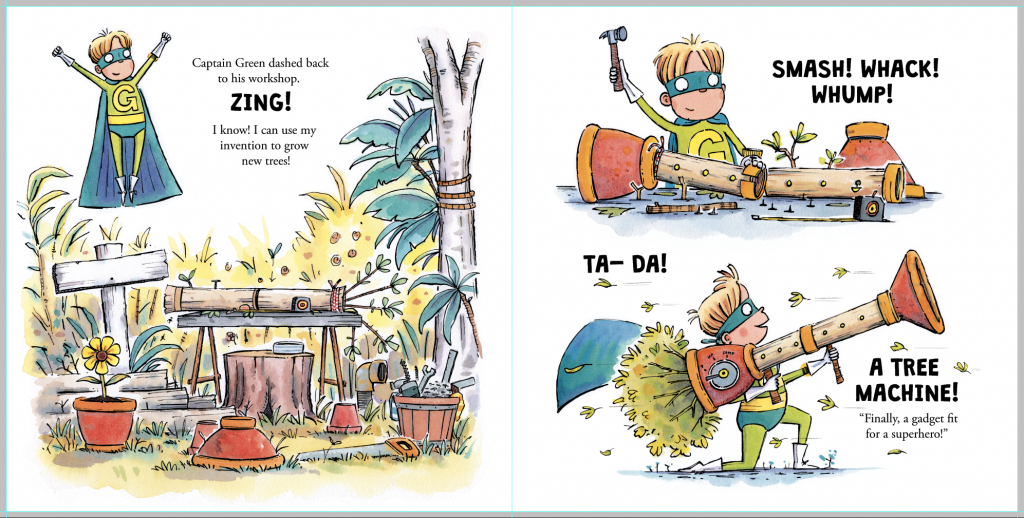
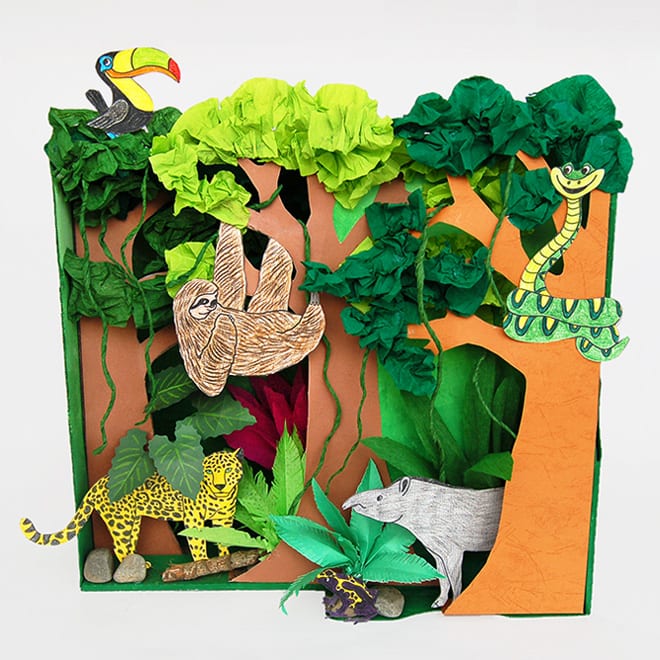

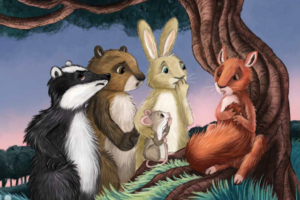
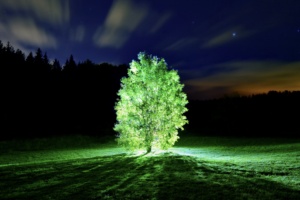
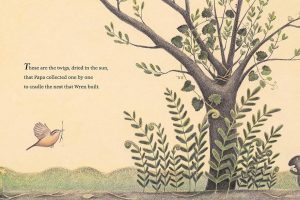


Leave a Reply
Your email is safe with me.